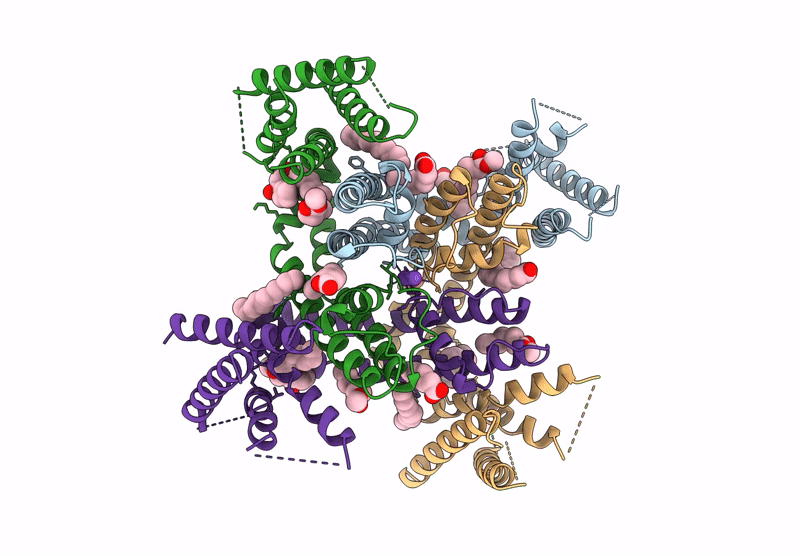
Deposition Date
2025-02-20
Release Date
2025-08-06
Last Version Date
2025-10-08
Entry Detail
PDB ID:
9NES
Keywords:
Title:
C-terminal mVenues tagged Shaker TM domain in C4 symmetry
Biological Source:
Source Organism:
Drosophila melanogaster (Taxon ID: 7227)
Host Organism:
Method Details:
Experimental Method:
Resolution:
2.67 Å
Aggregation State:
PARTICLE
Reconstruction Method:
SINGLE PARTICLE


